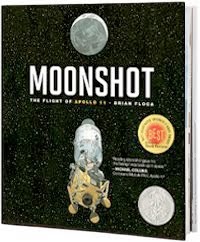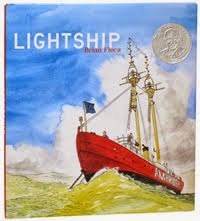

Today, July 26, 2011, marks the 40th anniversary of the launch of Apollo 15, flown by Commander David Ross, Command Module Pilot Alfred Worden, and Lunar Module Pilot James Irwin.
Earlier this year I had the chance to hear Dave Scott speak about his trip, the fourth manned landing on the moon. Scott was modest and accessible, but listening to him was nevertheless a reminder of the intelligence, education, nerve, and skill that went into these missions. Scott led the first of the J missions — missions that gave the astronauts improved lunar modules, improved backpacks, Boeing-built lunar rovers, more challenging landing sites, more time for exploration, and more ambitious science to perform. (It’s an irony of Apollo is that even as funding cuts had the end of the program in sight, the missions and their ambitions were expanding.)
Once they landed their Lunar Module Falcon, Scott and Irwin settled in for almost three full days on the moon. They would spend over eighteen and a half hours of that time outside their LM, walking (and driving) the lunar surface. (Neal Armstrong and Buzz Aldrin were on the moon for less than a day, and able to spend only two and half hours on the surface.) Scott and Irwin worked in a dramatic landscape: along the edges of both the Apennine Mountains and Hadley Rille, a deep channel in the moon's surface. The men deployed and performed scientific experiments, took photographs, and collected lunar samples. The most famous of the samples came to be known as the “Genesis Rock” because of its incredible age — 4.5 billion years.
Here is one of the more modest but also more accessible experiments that Dave Ross performed on the moon:
Meanwhile, in lunar orbit the Command Module, Al Worden had his own work to do. His duties included the first “deep space” spacewalk — a trip out the hatch to retrieve film and check equipment on the command and service module. Imagine being alone in lunar orbit while your crew mates are down on the moon, and now imagine being alone in lunar orbit, outside. You can see video of Worden’s EVA on his website, here.
You can also find on that same page of Worden’s website this account of how the Apollo 15 mission patch was designed:
“The mission patch for Apollo 15 was basically designed by the Italian dress designer, Emilio Pucci. We had as a crew evaluated some 540 different designs for our crew patch. They appeared either too mechanical or to have nothing to do with the flight, so finally, through a mutual friend, we asked Pucci if he would help us with the design. Now, Pucci, as I best recall, was an aeronautical engineer and had a good feeling for flight. With his artistic nature, we felt that he would be very helpful in the patch design. He did send us a design which was basically the same as the patch we eventually used, however the colors were in the normal Pucci blues, purples, and greens. We took his design, changed it from a square to a circular patch, made it red, white and blue, and put a lunar background behind the three stylized birds that were the major Pucci contribution.”
First, this makes me wonder who was the go-between between the NASA astronauts and the Italian dress designer. Second, this makes me, and I type this respectfully, just a little glad that Worden became a test pilot and then an astronaut, and not an art director.
Next: Apollo 16
Sources: A Man on the Moon: The Voyages of the Apollo Astronauts, by Andrew Chaikin; http://www.nasa.gov/mission_pages/apollo/missions/apollo15.html; http://www.nasm.si.edu/collections/imagery/apollo/AS15/a15landsite.htm; http://www.emiliopucci.com/Index.aspx











